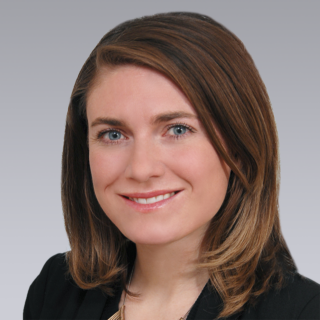Finally, 2021 has arrived! Trends over several years show the medical office building (MOB) market appears to have survived 2020 pretty well, and these statistics are evidence of that sector’s strength, particularly compared to the office market.
VACANCIES
Office vacancies were at 12.6% mid-2020 vs 8.6% for MOB vacancies. There was not much of a downturn in construction activity for MOBs, and rents are holding up well. Yes, vacancy is ticking up, but the worst the MOB market ever got (in 2009) was about 10.4% vacancy, so it’s holding up fairly well. Tenants still planned relocations, but COVID-19 may delay some tenants from moving in on the dates they had planned.
RENTS
Over the last six to eight years, medical office rents have stayed pretty much within a $4.00/SF range. In the third quarter, CoStar (a commercial real estate database) MOB rates averaged a slight decline with average asking net rates of $22.30 per square foot (PSF). Revista (a medical property research platform) showed average asking net rates around $21.40/SF at the same time. LA and NY have higher rates, but vacancy is lower.
The implied trends presented by CoStar and Revista are basically the same except for a bit of difference in the data from the two property statistics providers.
SALES VOLUME
In the graph provided by Revista below, hospitals are light blue and MOBs are dark blue. There was a slight drop off in sales activity, with an average volume of $4-4.5 billion per quarter for most years.

CAP RATES
MOBs are dark blue and office buildings are light blue in the graph provided by Real Capital Analytics below. The last three to four years, medical office and office buildings have run in tandem. But prior to that, there was a gap. Currently, both property types are averaging about 6.6-6.7% cap rates.

ABSORPTION outpaced new development completions by mid-year 2020.

Ending mid-2020, statistics show a similar amount of new MOB space being delivered in these top 10 markets. Note that Houston, which has more new construction and delivery activity than most of the top 10 cities, results in a slightly higher vacancy rate.




 Beth Young
Beth Young
 Anthony Shell
Anthony Shell
 Andrew Steele
Andrew Steele
 Aaron Jodka
Aaron Jodka Michelle Cleverdon
Michelle Cleverdon